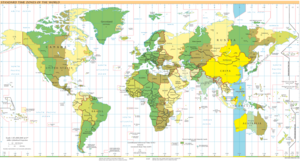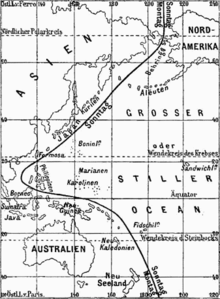
Pilar Garrido Corrales is a Filipino pop singer, songwriter, actress, comedian and television presenter. She is best-known for her distinctive backbend when singing and is popularly referred to as the "Asia's Queen of Songs" for her vocal style and longevity.
John Anthony Siason Estrada is a Filipino actor and filmmaker who has starred in a number of roles as a leading man, villain. He was a contract actor with ABS-CBN from 1990 to 2018, with GMA Network from 2018 to 2021, and then with ABS-CBN again in 2021. He also did a sitcom with TV5 called Everybody Hapi.
George Masangkay Canseco was a Filipino composer and former politician. He composed numerous popular Filipino songs.

Rinconada Bikol or simply Rinconada, spoken in the province of Camarines Sur, Philippines, is one of several languages that compose the Inland Bikol group of the Bikol macrolanguage. It belongs to the Austronesian language family that also includes most Philippine languages, the Formosan languages of Taiwanese aborigines, Malay, the Polynesian languages and Malagasy.
Franz Patrick Velasco Garcia, known professionally as Patrick Garcia, is a Filipino actor.

Gabriel Arellano Concepcion is a Filipino actor, singer and businessman. He began his show business career in the 1980s as a teen commercial model and is known for his debonair career in Philippine cinema, spanning several romanticized associations. He is currently an exclusive actor of GMA Network.

Aksyon (transl. Action) was a Philippine television news broadcasting show aired on TV5. Originally anchored by Paolo Bediones, Cheryl Cosim and Erwin Tulfo, it premiered on April 5, 2010, on the network's evening line up replacing TEN: The Evening News. The show concluded on March 13, 2020. Luchi Cruz-Valdes and Ed Lingao served as the final anchors. It was replaced by Frontline Pilipinas in its timeslot.
The Philippines has not officially adopted any time and date representation standard based on the ISO 8601. Notation practices across the country are in various, customary formats.

Dobol B TV, formerly known as Dobol B sa News TV, is a Philippine television news radio program block broadcast by GMA News TV and GTV. It premiered on February 28, 2011, consisting of some programs simulcast from radio station Super Radyo DZBB 594 in the form of its live video feed.

Sylvia Reyes La Torre-Perez de Tagle was a Filipino singer, actress, and radio star.
Renato Chua, professionally known as Rhene Imperial, a former action star, former producer and currently born-again Christian minister in the Philippines.
DXBC-TV is an independent television station in General Santos, Philippines. Owned and operated by Brigada Mass Media Corporation, the station maintains studios and hybrid analog/digital transmitter at the Brigada Complex, NLSA Road, Purok Bayanihan, Brgy. San Isidro, General Santos.
In the Philippines, variety television shows have become mainstays of the noontime slot for network programming since 1958. The first Philippines noontime variety television shows were influenced by the popularity of bodabil (vaudeville) in the first half of the 20th century. Since then, the format has evolved with the changing times, with elements of reality television also incorporated as well since the 2000s. Majority of the noontime variety shows that aired on television were produced independently by blocktimers that pay a certain amount of time to television networks to air their program. Some TV networks though have managed to solely produce these kind of programs, with moderate success in terms of ratings and advertising revenues.

One Balita Pilipinas is the rolling newscast service of One PH, the 24/7 Filipino-language cable news channel of Cignal TV.

Frontline Pilipinas is a Philippine television newscast broadcast by TV5, Originally anchored by Raffy Tulfo and Cheryl Cosim, the program premiered on October 5, 2020, replacing Aksyon. It is also simulcast on One News, One PH, 92.3 Radyo5 True FM, and online via livestreaming on Facebook, YouTube, and News5's official website. Currently, Cosim, Julius Babao and Jiggy Manicad serve as the main anchors.

TiktoClock is a Philippine television variety show broadcast by GMA Network. Directed by Louie Ignacio, it was originally hosted by Kim Atienza, Pokwang and Rabiya Mateo. It premiered on July 25, 2022 on the network's daytime line up. Atienza, Pokwang, Mateo, Jayson Gainza, Faith da Silva and Herlene Budol currently serve as the hosts.










